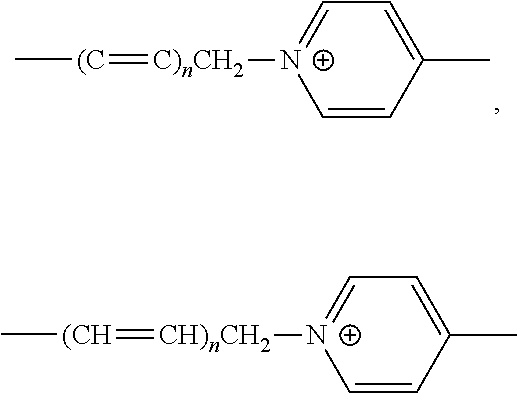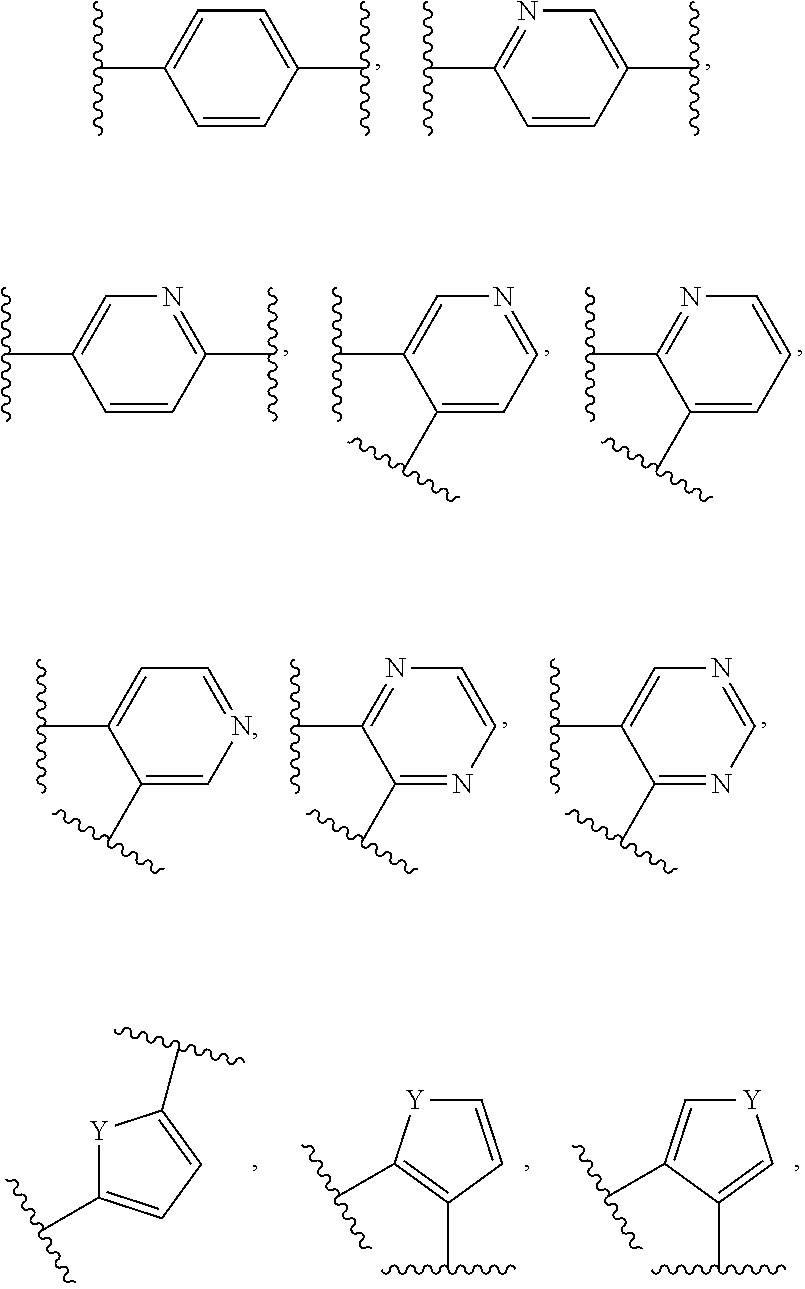Probe for detecting carbapenem-resistant bacteria and use thereof
a carbapenem-resistant bacteria and probe technology, applied in biochemistry apparatus and processes, instruments, enzymology, etc., can solve the problems of loss of drug activity, difficult to detect carbapenem-producing bacteria, and public health threats, and achieve high sensitivity, high sensitivity, and high sensitivity
- Summary
- Abstract
- Description
- Claims
- Application Information
AI Technical Summary
Benefits of technology
Problems solved by technology
Method used
Image
Examples
example 1
on of Probe for Detecting Antibiotic-Resistant Bacteria
1.1. Preparation of 4-nitrobenzyl (R)-4-((2R,3S)-3-((R)-1-((tert-butyldimethylsilyl)oxy)ethyl)-4-oxoazetidin-2-yl)-2-diazo-3-oxopentanoate (1)
[0085]
[0086]After dissolving 1-hydroxyethyl azetidin-2-one (5.00 g, 10.8 mmol) in anhydrous dimethylformamide (42.0 mL) under nitrogen gas, imidazole (4.42 g, 64.8 mmol) and tert-butyldimethylsilyl chloride (7.72 g, 51.2 mmol) were added at 0° C. The reaction mixture was stirred at room temperature for 12 hours. After terminating reaction by adding an aqueous ammonium chloride solution, the reaction mixture was extracted with ethyl acetate and distilled water. The organic layer was dried by adding anhydrous MgSO4 and then filtered, and the filtrate was concentrated in vacuo. Compound 1 (6.16 g, 95%) was produced as white powder by purifying the resulting mixture on silica gel by column chromatography (ethyl acetate / n-hexane, 1:2 (v / v)).
[0087]1H-NMR (400 MHz, CDCl3) δ 8.26 (d, J=8.6 Hz, 2H)...
example 2
of Antibiotic-Resistant Bacteria from Clinical Sample
[0205]The detection efficiency of carbapenemase-producing carbapenem-resistant bacteria of a control probe OMCL01201 (CPC-1 described in Chinese Patent Publication No. CN106279178A) and the OMCL01203 probe of the present disclosure was evaluated at Gangnam St. Mary's Hospital for the bacteria described in Table 1.
[0206]Briefly, 10 μL of a sample was lysed with a Tris-HCl buffer (B-PER, Thermo Scientific Pierce) and then vortexed for 1 minute. After culturing for 30 minutes at room temperature and centrifuging for 5 minutes (10,000 g), 30 μL of the supernatant was reacted with 100 μL of PBS and 13 μL of the fluorescent probe (1 mM). Then, fluorescence was measured for 50 minutes with 5-minute intervals using a fluorescence plate reader (Infinite F200pro, Tecan Group Ltd.).
TABLE 1CarbapenemaseNo. ofCPC-1OMCL01203class and geneisolatesresult(s)Pos. %result(s)Pos. %Ambler class A (39)KPC331545%33100%GES20 0%2100%Ambler class B (17)NDM...
PUM
| Property | Measurement | Unit |
|---|---|---|
| temperature | aaaaa | aaaaa |
| v/v | aaaaa | aaaaa |
| v/v | aaaaa | aaaaa |
Abstract
Description
Claims
Application Information
 Login to View More
Login to View More - Generate Ideas
- Intellectual Property
- Life Sciences
- Materials
- Tech Scout
- Unparalleled Data Quality
- Higher Quality Content
- 60% Fewer Hallucinations
Browse by: Latest US Patents, China's latest patents, Technical Efficacy Thesaurus, Application Domain, Technology Topic, Popular Technical Reports.
© 2025 PatSnap. All rights reserved.Legal|Privacy policy|Modern Slavery Act Transparency Statement|Sitemap|About US| Contact US: help@patsnap.com



